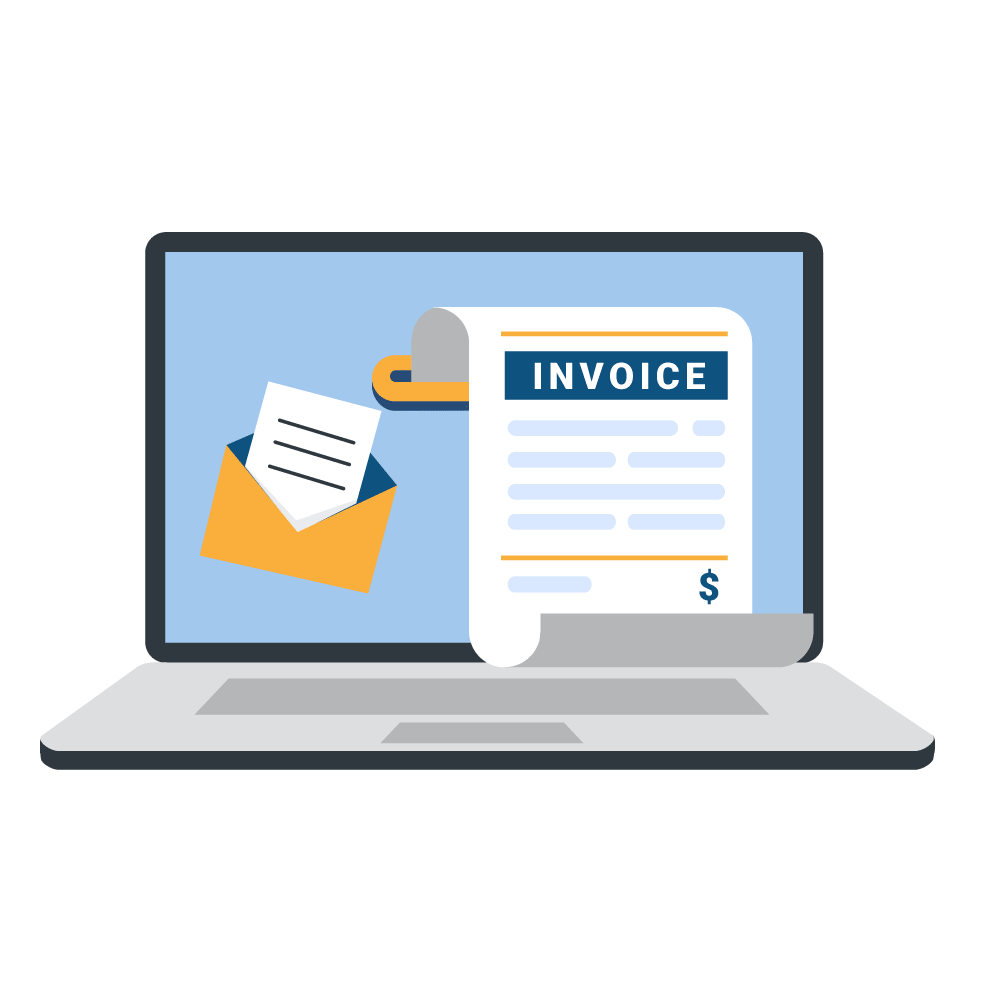
Cash flow. It’s probably the most important yet most easily neglected part of business management. As an electrical business owner, it’s easy to get wrapped up in the day-to-day running of your business. However, it doesn’t take long for cash flow mismanagement to catch up.
Ever wondered where your money is going? Or why your customer and job lists are growing but you’re not making any more money? You’re not alone. A US Bank study found that 82% of businesses attributed their failure to poor cash flow management.
It’s time to leave uncertainty in the past. Discover how to ensure your cash flow and keep your electrical business running smoothly with these three tips.
1. Ensure Business Clarity in Your Electrical Contracting Business
 It sounds easy right? And, you may think you’ve already got it. But do you really? Can you deep dive into each job, look at dispatch times, track how long it takes to invoice and receive payments? Maybe you can do one, or a couple of things but not all of them. Business clarity means having all your business data in one organized place. It means not having to click through a pile of spreadsheets to find the answers you’re looking for.
It sounds easy right? And, you may think you’ve already got it. But do you really? Can you deep dive into each job, look at dispatch times, track how long it takes to invoice and receive payments? Maybe you can do one, or a couple of things but not all of them. Business clarity means having all your business data in one organized place. It means not having to click through a pile of spreadsheets to find the answers you’re looking for.
Many times, this lack of clarity comes from running your business on a variety of software that don’t link well. Or, you could still be using paper and data isn’t being updated in your system.
Whatever the situation, businesses who prioritize having their data organized all in one location often have better clarity on where their cash is coming from and going to.
When using one electrical business software, you can collect data from all the workflows in your electrical business. Not only will this help you see where you are making and losing money, but you’ll also be able to run comprehensive reports to really dig into the core issues of your cash flow woes. This insight can then help you to make strategic decisions and help boost profitability.
For example, if you need to replenish your inventory, an all-in-one software can help you identify the best value for money or examine if staff are allocating the right amount of time to jobs.
2. Speed Up Processes With Invoicing Software
 Once you’ve implemented an all-in-one software, you can focus on making it easier to invoice customers and have them pay you. By refining this process, you can make sure you’re paid quickly for your work and that money arrives in your accounts quickly. This cycle is a vital part of good cash flow management so it’s important to ensure it’s running smoothly and efficiently.
Once you’ve implemented an all-in-one software, you can focus on making it easier to invoice customers and have them pay you. By refining this process, you can make sure you’re paid quickly for your work and that money arrives in your accounts quickly. This cycle is a vital part of good cash flow management so it’s important to ensure it’s running smoothly and efficiently.
So how can you make sure your invoices are going out quickly and your customers are paying on time?
Invoicing software can help you save time when a job is finished.Using invoicing software, you can set up automatic invoicing for recurring jobs and auto-populate invoices to extract cost information from a document and integrate with your accounting software to ensure your financial data is accurate. Some software tools even give your technicians the power to create and send invoices while on-site. A process like this will not only save your staff time, but also ensure invoices are sent to customers as soon as possible, which in turn helps speed up payment.
3. Provide Flexible Payment Options
 Next it’s time to look at how you can make it easier for your customers to pay you. This will help cash flow through your business as quickly as possible.
Next it’s time to look at how you can make it easier for your customers to pay you. This will help cash flow through your business as quickly as possible.
If you think this is easier said than done, you’re not alone. National Australia Bank’s (NAB) ‘Supporting Economic Recovery Report' highlights that 53% of small businesses aren’t being paid on time.
The best way to do this? Provide a variety of options so customers can choose which payment option suits their needs. Different payment options may include accepting credit cards in the field, through field apps connected to your software or by taking payment over the phone. By providing a range of immediate payment options your customers are more likely to pay promptly which improves the flow of cash through your business.
Another option for payment flexibility is payment automation. For example, if you have recurring maintenance jobs in your electrical business, or your business is working on a larger electrical project, you may be working on a progress billing agreement. In these cases, you can easily set up automatic invoicing and payment processing to ease the pressure on you staff with less invoice chasing and ensure your payments stay up to date.
Want more cash flow tips? Check out our blog Why Cash Flow Is King For Your Electrical Business.